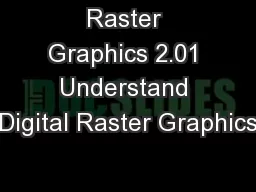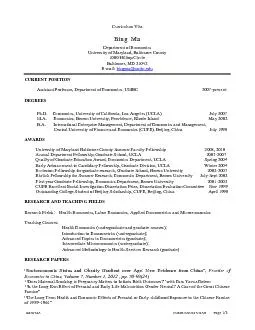PPT-Graphics Hardware UMBC Graphics for Games
Author : luna | Published Date : 2023-11-23
CPU Architecture Start 14 instructions per cycle Pipelined takes 816 cycles to complete Memory is slow 1 cycle for registers 2 0 24 cycles for L1 cache 2 2 1020
Presentation Embed Code
Download Presentation
Download Presentation The PPT/PDF document "Graphics Hardware UMBC Graphics for Game..." is the property of its rightful owner. Permission is granted to download and print the materials on this website for personal, non-commercial use only, and to display it on your personal computer provided you do not modify the materials and that you retain all copyright notices contained in the materials. By downloading content from our website, you accept the terms of this agreement.
Graphics Hardware UMBC Graphics for Games: Transcript
Download Rules Of Document
"Graphics Hardware UMBC Graphics for Games"The content belongs to its owner. You may download and print it for personal use, without modification, and keep all copyright notices. By downloading, you agree to these terms.
Related Documents














